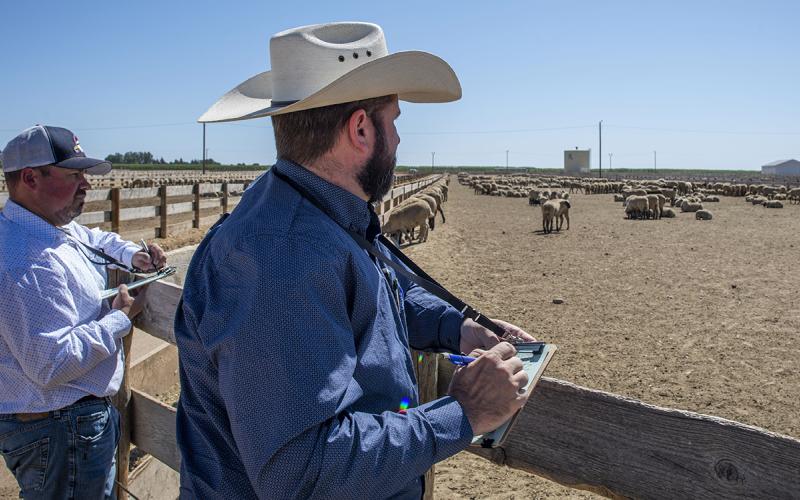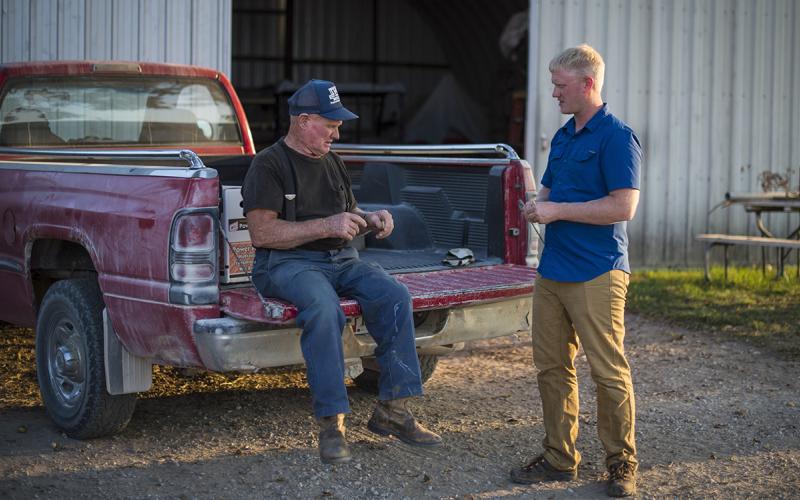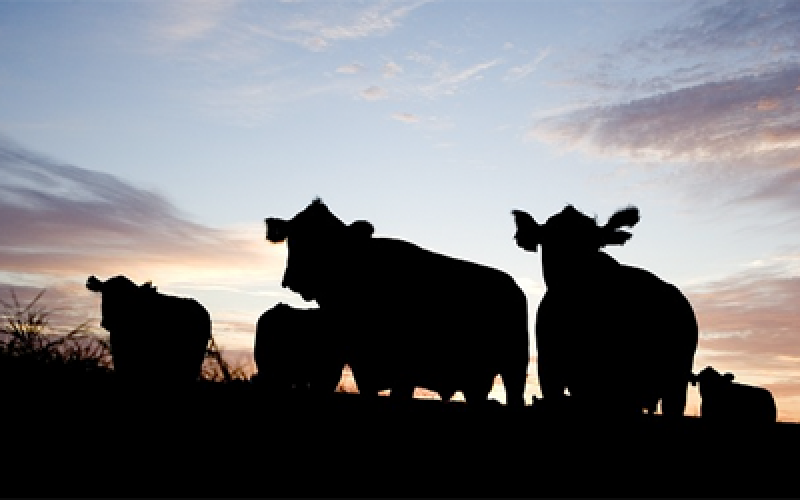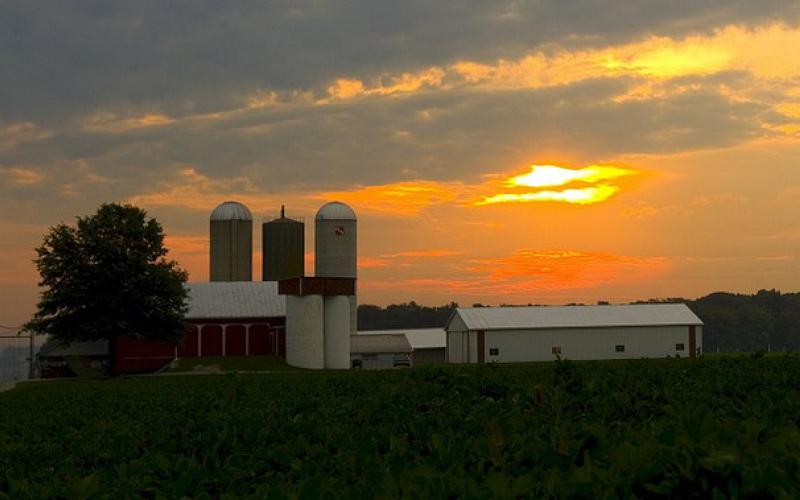Search

Should We Sell Corn Stalks?
Grazing and baling corn stalks can offer producers financial and agronomic benefits, and also provide feed resources for cattle producers. Learn how to determine if it's the right decision for your operation.

Direct Marketing Lamb: Estimating Finish Weights
Determining when lambs should be harvested is critical for optimal quality and consumer satisfaction.

SDSU Extension hires new farm and food systems specialist
June 25, 2024
South Dakota State University Extension is pleased to welcome Sarah Sellars as a new Specialist in Sustainable Farm and Food Systems.

Compensation for Family Members Returning to the Farm
Compensating for management and labor is one of the questions that must be answered when bringing a family member into the family operation.

Feed Costs Still a Large Percentage of the Cow Budget
Monitoring, managing, and minimizing feed costs while maintaining a balanced ration is one way to maximize profit potential in the cow herd. Learn some expert tips for creating a least-cost ration.

Economic Impact of the Beef Industry on South Dakota
The beef industry in South Dakota makes a significant contribution to economic output and development in the state. As of January 1st, 2012 there were 1,610,000 beef cows in South Dakota. These cows produced 1,710,000 calves during the year and the industry produced an estimated $2,283,766,027 in gross income during 2012 (South Dakota Agriculture 2013).

Wall Blizzard of 2022: Carolynn Anderson and Mary Williams
On this episode of Home Starts Here, Kara Harders and Joshua Hofer meet with Mary Williams and Caroline Anderson of Wall Drug, South Dakota.

Hot Springs to host SDSU Extension 2024 Energize Conference
December 29, 2023
South Dakota State University Extension Community Vitality and the community of Hot Springs will host the 2024 Energize Exploring Innovative Rural Communities Conference on May 22 and 23, 2024.

The Economic Impact of Cooperatives in South Dakota
This report estimates the economic impact of cooperatives in South Dakota in 2022. The report’s estimates are based on an input-output analysis from a South Dakota State University (SDSU) survey of cooperatives operating in South Dakota conducted in June of 2023.

The Vital Role of Newcomers in Rural Communities: Making Places Feel Like Home
In small towns and rural areas, new folks bring big changes that matter a lot. And when they feel welcomed and understood, they stick around and help make things better for everyone.